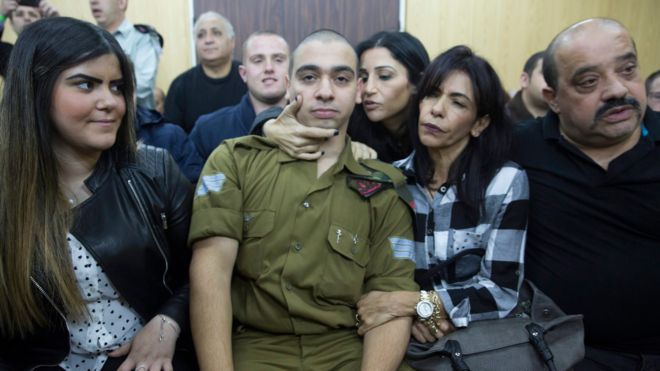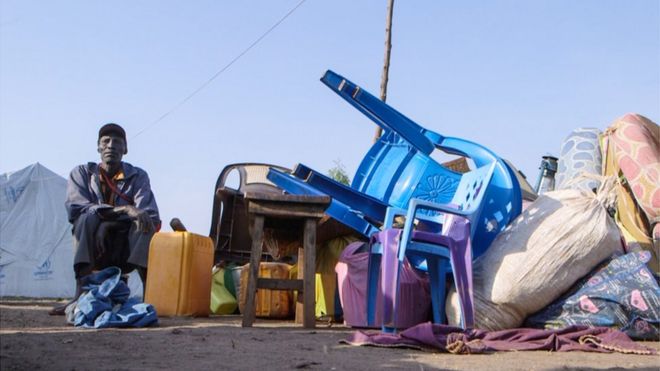By Sarah Lafen
Impunity Watch Desk Reporter, Europe
MADRID, Spain — In a televised New Year’s speech, Catalan President Carles Puigdemont promised that the region of Catalan will hold a “legal and binding” independence referendum vote by September 2017. Puigdemont emphasized that “Catalans will freely decide” their own future.” Catalonian government officials maintain that they will hold the referendum with or without consent from the Spanish central government, however they would prefer the vote to be consensual.

Puigdemont’s announcement was ratified via a resolution voted on by the majority-separatist regional parliament of Catalan. The Spanish Constitutional Court, however, has since suspended the resolution pending a five-month time period in which it will decide whether to ban the vote for good. Puigdemont assured listeners that the referendum would be made “in accordance with the mandate of [Spanish] laws,” however it remains unclear how this will be accomplished if court bans the referendum.
In his own press conference, Spanish Prime Minister Mariano Rajoy ruled out the possibility of a Catalonian referendum. Rajoy recently commented that “[i]t is not possible to hold a referendum that will do away with national sovereignty and the equality of Spaniards.” Instead, Rajoy maintains his platform of keeping an open line of communication between Catalan and the rest of Spain – a measure which he believes is much more “reasonable” than the alternative referendum.
After both Puigdemont’s and Rajoy’s speeches, Catalan separatists participated in a peaceful rally on Friday in Palma to show their support for the independence referendum. Protestors carried different versions of the Catalan flag, with mottos such as “The Catalan Countries” and “One village, one fight, one future” written on them.
The Spanish government has offered to compromise and negotiate a list of economic and social demands with Puigdemont, however it refuses to discuss the proposed referendum. Catalan held a symbolic independence vote in 2014 after the Spanish government legally prevented a formal vote from occurring. The symbolic vote went unrecognized by Spain. Many senior ranking political officials participated in the symbolic vote, and have since faced sanctions for participating in separatist measures which were deemed illegal by Spain’s central government.
Despite this announcement by Puigdemont, a recent poll showed that support for Catalan’s secession from Spain has decreased over the past six months amongst Catalonians. The number of Catalans who oppose secession stood at 46.8% in December, which is an increase from the 45.1% in November, and the 42.4% in June.
For more information, please see:
BBC — Catalonia Leader Vows 2017 Referendum on Spain Independence — 31 December 2016
DW — Catalan Chief Pledges ‘Binding’ Independence Referendum in 2017 — 31 December 2016
The Local ES — Catalan President Pledges Referendum in New Year Address — 31 December 2016
PressTV — 100s Rally in Support of Catalonia’s Secession from Spain — 31 December 2016
Reuters — Catalan Independence Referendum ‘Not Possible’ – Spanish PM — 30 December 2016

